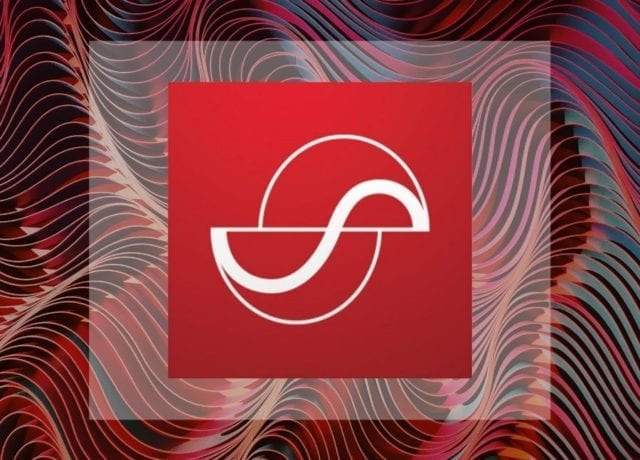A little more than two years ago, Adobe launched its newly-minted Advertising Cloud. Just last month, Google cut Adobe’s carefully built demand-side platform (DSP) from its online ad exchange.
While the move was purportedly in response to Adobe’s apparent involvement in the spread of a ‘malvertising’ attack in Europe, it may also be a signpost on the road to Adobe becoming a full-fledged ad tech company.
“Critics of Google — Adobe execs chief among them — are likely to characterize the latest faceoff as an example of the downside of Google’s dominance in the digital media landscape,” writes Ronan Shields.
This seems particularly on point since Google runs its own DSP, putting the tech gargantuan on a better path to its ‘walled garden’ for ad tech leaving Adobe scrambling.
The bigger question for publishers in the face of this news is: what kind of threat does Google see in Adobe’s ad tech? And will you be competing against Adobe the way you’re already competing against Google?
Adobe is Already a Bigger Player Than You Thought
“Adobe, traditionally, has been known for having a marketing cloud that primarily helped advertisers measure interactions with their audience and data,” said Brett Wilson, the VP for advertising at Adobe. That was back in 2017, just after Wilson’s TubeMogul had been acquired by Adobe. Wilson went on: “Advertisers usually have totally separate media execution software. Adobe is the first marketing cloud to have a fully executable advertising layer, riding the gap between martech and ad tech.”
Two years later and Wilson’s words remain highly relevant. Neither of Adobe’s biggest direct competitors (Salesforce and Oracle) have made the same kind of move into media execution. Google may have the enterprise and tech clout to stay ahead, but Adobe is giving them a run for their money.
The ascent to major ad tech player began with Adobe’s acquisition of the aforementioned TubeMogul, a video ad network with a self-service DSP. Since then, Adobe has acquired voice assistant technology, video AI software, eCommerce software, and Marketo, one of the biggest marketing automation players in the US.
The march toward ad tech prominence was laid out in high definition color. And it’s movement many saw a few years ago. “It’s always been all about data,” said Andrew Casale, CEO of Index Exchange, in the weeks leading up to Adobe’s original ad tech acquisition. “It’s getting a lot more precise now. That’s why we saw the Adobe acquisition: They can now compete from end to end.”
These words were echoed by an Adobe Ad Cloud leader two years later: “It’s the leaders that are jumping on a single data approach as a way to turn the whole enterprise – not just marketing and media – into a customer centric business. Running all the activity with a consistent language allows companies to learn while offering real-time insights on what is working and what is not.“
A year later, and Adobe announced two new tools designed to close the gap between ad tech and martech: one to take a detailed look at customer journeys, and another to connect advertising spend and marketing campaigns without worrying about technology silos.
Adobe may be cut off from Google’s inventory, but there is plenty of other Internet real estate to take advantage of. With its end-to-end solution providing ad inventory and analytics, it will likely remain an attractive option for enterprise-level advertisers.







